Intro
Discover hydrocortisone cream uses for skin issues like eczema, acne, and dermatitis, reducing inflammation and itching with topical steroid treatment, relieving redness and irritation.
Hydrocortisone cream is a topical steroid medication that has been widely used for various skin conditions. The importance of understanding its uses and benefits cannot be overstated, as it is a common over-the-counter (OTC) medication that many people use to treat skin issues. In this article, we will delve into the world of hydrocortisone cream, exploring its uses, benefits, and potential side effects. Whether you are a healthcare professional or simply someone looking for a solution to a skin problem, this article aims to provide you with a comprehensive understanding of hydrocortisone cream and its applications.
The use of hydrocortisone cream is often associated with the treatment of skin inflammation and allergic reactions. It is a corticosteroid that works by reducing the production of substances in the body that cause inflammation, redness, and itching. This makes it an effective treatment for a range of skin conditions, from mild irritations to more severe allergic reactions. As we explore the uses of hydrocortisone cream, it becomes clear that it is a versatile medication that can be used to treat a variety of skin issues.
The benefits of using hydrocortisone cream are numerous, and its effectiveness has made it a popular choice for many people. It is easy to apply, relatively inexpensive, and can be found in most pharmacies and online stores. Additionally, hydrocortisone cream is often recommended by healthcare professionals as a first-line treatment for mild to moderate skin conditions. With its widespread use and acceptance, it is essential to understand the different ways in which hydrocortisone cream can be used to treat various skin conditions.
What is Hydrocortisone Cream?
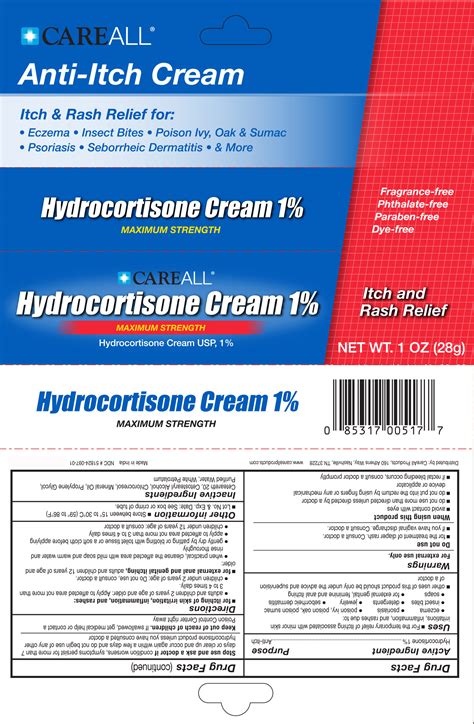
How Does Hydrocortisone Cream Work?
Hydrocortisone cream works by reducing the production of substances in the body that cause inflammation, redness, and itching. It does this by suppressing the immune system's response to an allergic reaction or skin irritation, thereby reducing the symptoms associated with these conditions. This makes it an effective treatment for a range of skin conditions, from mild irritations to more severe allergic reactions.Uses of Hydrocortisone Cream
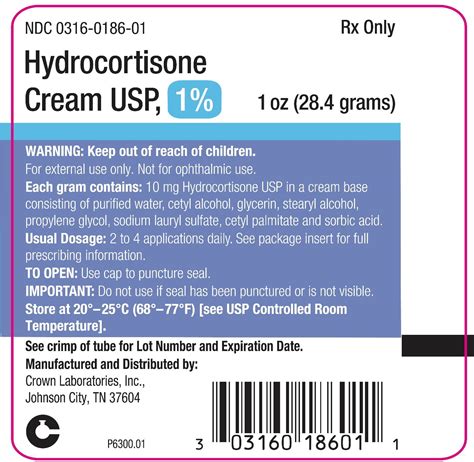
Benefits of Using Hydrocortisone Cream
The benefits of using hydrocortisone cream are numerous, and its effectiveness has made it a popular choice for many people. Some of the benefits of using hydrocortisone cream include: * Easy to apply and use * Relatively inexpensive compared to other topical corticosteroids * Available over-the-counter, making it easily accessible * Can be used to treat a range of skin conditions, from mild to severe * Reduces inflammation, redness, and itching associated with skin conditionsSide Effects of Hydrocortisone Cream
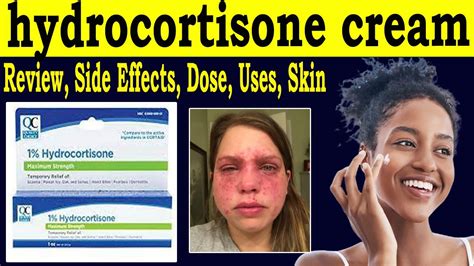
Precautions and Warnings
When using hydrocortisone cream, it is essential to follow the instructions carefully and take precautions to avoid potential side effects. Some precautions and warnings to be aware of include: * Using the cream for extended periods can lead to skin thinning and discoloration * Applying the cream to broken or infected skin can increase the risk of infection * Using the cream on sensitive areas, such as the face and neck, can cause irritation and allergic reactions * Pregnant or breastfeeding women should consult their doctor before using hydrocortisone creamHow to Use Hydrocortisone Cream
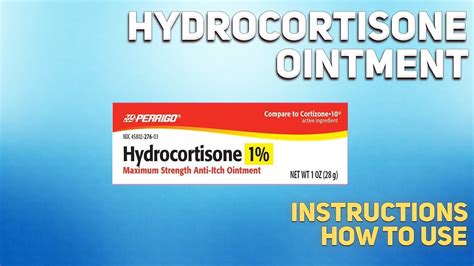
Tips and Tricks
Here are some tips and tricks to keep in mind when using hydrocortisone cream: * Always read the label and follow the instructions carefully * Use the cream for the recommended amount of time, usually 7-10 days * Avoid applying the cream to sensitive areas, such as the face and neck * Use a gentle cleanser and moisturizer to avoid irritating the skin * Consult your doctor if you experience any side effects or if your symptoms worsenAlternatives to Hydrocortisone Cream
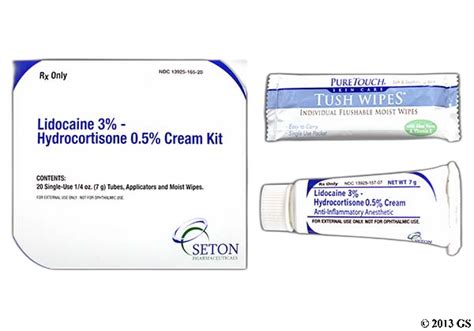
Conclusion and Final Thoughts
In conclusion, hydrocortisone cream is a versatile and effective treatment for a range of skin conditions. Its benefits, including ease of use, affordability, and effectiveness, make it a popular choice for many people. However, it is essential to use the cream carefully and follow the instructions to avoid potential side effects. By understanding the uses, benefits, and potential side effects of hydrocortisone cream, you can make an informed decision about whether it is right for you.What is hydrocortisone cream used for?
+Hydrocortisone cream is used to treat a range of skin conditions, including eczema, dermatitis, and allergic reactions.
How does hydrocortisone cream work?
+Hydrocortisone cream works by reducing the production of substances in the body that cause inflammation, redness, and itching.
What are the potential side effects of hydrocortisone cream?
+The potential side effects of hydrocortisone cream include skin thinning and discoloration, increased risk of infection, and allergic reactions.
How long should I use hydrocortisone cream?
+Hydrocortisone cream should be used for the recommended amount of time, usually 7-10 days. If your symptoms persist or worsen, consult your doctor.
Can I use hydrocortisone cream on sensitive areas?
+No, it is not recommended to use hydrocortisone cream on sensitive areas, such as the face and neck, as it can cause irritation and allergic reactions.
We hope this article has provided you with a comprehensive understanding of hydrocortisone cream and its uses. If you have any further questions or would like to share your experiences with hydrocortisone cream, please don't hesitate to comment below. Additionally, if you found this article helpful, please share it with others who may benefit from this information. By working together, we can promote healthy skin and reduce the risk of skin conditions.
